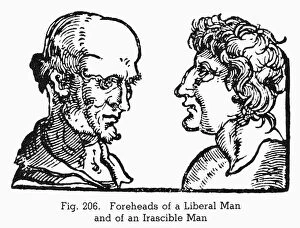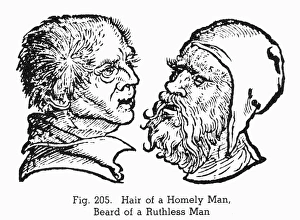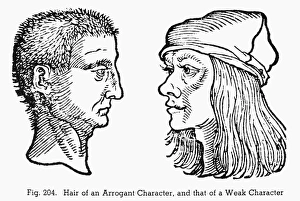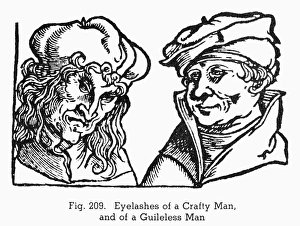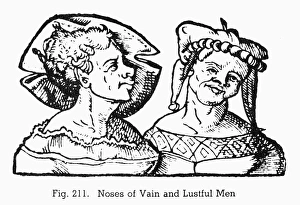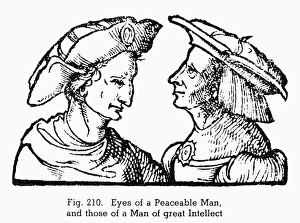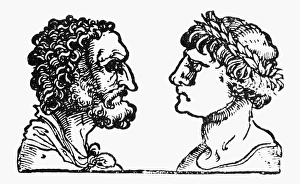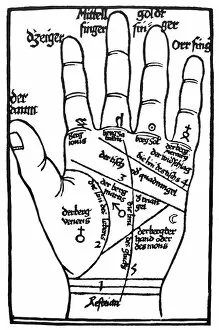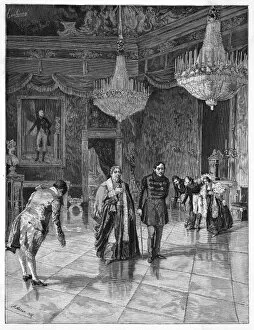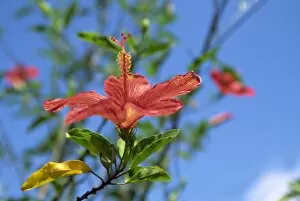Cocle Collection
"Cocle: Ancient Treasures of Central America" Step back in time and explore the fascinating world of Cocle, an ancient civilization that thrived between A. D
All Professionally Made to Order for Quick Shipping
"Cocle: Ancient Treasures of Central America" Step back in time and explore the fascinating world of Cocle, an ancient civilization that thrived between A. D. 800 and 1300. This captivating collection showcases their intricate craftsmanship and artistic prowess. Marvel at the Circular Nose Ornament Incised with Concentric Bands, a true testament to their attention to detail. Created by an unknown artist, this delicate piece transports us to a bygone era where beauty was found in every curve. Another remarkable creation is the Nose Ornament in the Form of a Turtle with C-shaped Body. Crafted during the same period, it reflects both their reverence for nature and their mastery of shaping clay into lifelike forms. But it doesn't stop there - behold the Nose Ornament in the Form of a Long-Nosed Saurian with C-shaped Body. Its mythical allure captures our imagination as we ponder its significance within Cocle's rich cultural tapestry. The Pedestal Bowl Depicting an Anthropomorphic Saurian Figure takes us deeper into their beliefs and rituals. With its intricate design, it offers glimpses into their spiritual practices and connection to otherworldly beings. Moving on, we encounter a Filigree Pendant in the Form of a Frog or Toad - an enigmatic symbol often associated with transformation and rebirth across various cultures throughout history. Its unknown creator leaves us wondering about those who once wore it proudly around their necks. Prepare to be awestruck by the Double Pendant in the Form of a Mythical Saurian with Tusks. This rare find speaks volumes about Cocle's fascination with fantastical creatures that inhabited both mythological realms and everyday life. Continuing our journey through time, we stumble upon a Pendant featuring Four Double-Headed Figures with Long Beaks - possibly ducks? The mystery surrounding these figures invites speculation about what they represented within Cocle society.











